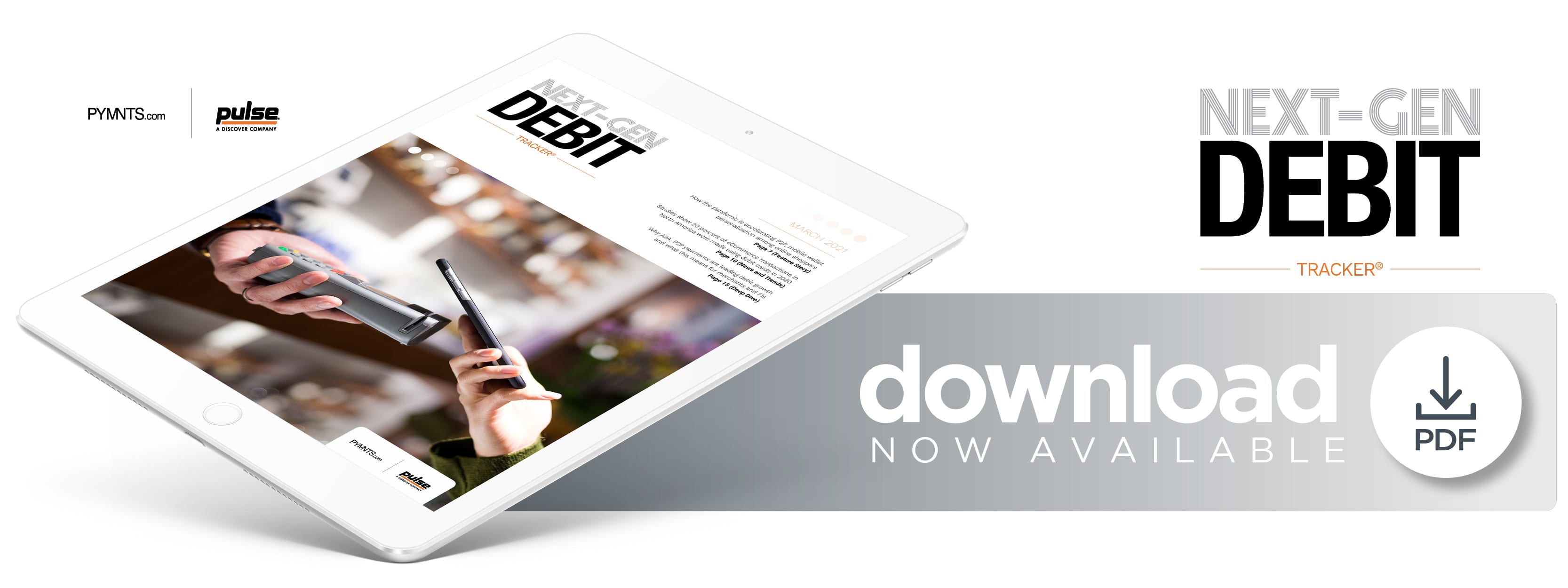How The Pandemic Is Accelerating P2P, Mobile Wallet Personalization Among Online Shoppers

Consumers are still shopping online in greater numbers during the pandemic, even as brick-and-mortar stores reopen. More customers are also tapping peer-to-peer (P2P) apps or mobile wallets, including Apple Pay, Google Pay and payment services like PayPal, merging familiar payment methods such as debit with these tools as they grow more comfortable with eCommerce.
The uptick in mobile wallet use is making it more critical for merchants to offer these options to certain demographics, according to Taylor Sicard, co-founder and chief marketing officer at retail organization Win Brands Group. The company owns and operates retail brands that include candlemaker Homesick, weighted-blanket retailer Gravity and silicone ring retailer QALO. Sicard explained that the company’s websites are built using Shopify, and while the bulk of its accelerated checkout payments are made using Shop Pay, it also offers Apple Pay and Google Pay across its brands.
“The usage of [mobile wallets] is definitely on the rise, and, overall, the volume of purchases being processed through [them] is on the rise [as well],” Sicard said. “But I do think a lot of people embracing these expedited payment options are not restricted to just one platform. A lot of people have Apple Pay alongside Shop Pay alongside a PayPal account. And based on my experience also as a consumer — because I do spend a fair bit of time shopping on the internet — I found the most pleasant [experience] that stores offer is when they have a handful of options [and] you are not restricted to just using PayPal or just using Apple Pay.”
Expanding their offerings of emerging payment methods, including P2P payment solutions that can be linked to debit cards, has proved especially important to retailers during the pandemic as more consumers transact online. This means that personalizing online payment options to appeal to distinct consumer segments is fast becoming key to staying competitive.
Mobile Wallets’ Growing Role In eCommerce
Consumers have been steadily shifting toward eCommerce for several years, but the pandemic has significantly altered how they make purchases, the payment methods they use and even when they shop. Sicard noted that consumers’ widespread move to remote work has had a particularly notable effect on their daily purchasing patterns.
“Geographically, we typically see people shopping either before work, during their lunch breaks or after work,” he said. “Now we are seeing that [shopping] split basically across the entire day.”
Digital shopping channels’ wider availability is also pushing a larger share of consumers to adapt to eCommerce. Fifty-one percent of consumers in a recent survey stated that they have shopped online more often since the pandemic began, leading to a surge in the adoption of contactless payments across the retail world. Another study found that 90 percent of card payments, including those made online and in stores, were touchless in 2020.
Consumers who have generally been reluctant to use digital shopping channels are leading the charge in combining traditional payment tools like debit with new, touchless methods, such as mobile wallets. Many of these consumers hail from older generations that have become more willing to experiment with such methods over the past few months, and Sicard said that personalizing their experiences to suit their expectations is a crucial consideration. Shoppers of all generations are also beginning to leverage mobile wallets across various devices, which makes supporting multiple choices key.
“[We are] testing constantly how to optimize those as effectively as possible — whether it is browser- or device-specific mechanisms, so that Google Pay appears for Android or Google Chrome users [and] Apple Pay appears for iOS or OSX and Safari browsers — just to try to isolate which option the person is most likely to use,” he said.
Sicard expects this shift to card not present (CNP) transactions — especially those conducted using P2P solutions or mobile wallets — to continue.
Standing Out In The Next-Gen Payment World
Consumers are unlikely to forget the convenience and allure of mobile wallets once the pandemic abates. Solutions that tap consumers’ stored payment information are growing more common, especially as individuals begin shopping and paying on their phones, and this is making them more familiar with and appreciative of such connected payment experiences.
“It makes everyone’s life much more simple when you do not need to pull out your wallet or purse and type in 16 digits,” he said. “Nobody enjoys doing that, especially as people shift toward consuming more products on mobile versus desktop, and we have done a lot of testing [on this]. We have done a lot of trial and error. There is no real one-size-fits-all [solution] in terms of which payment options are the best to have, because it really depends on the core consumer of that specific brand.”
Retailers will need to carefully examine how consumers are blending their use of debit, mobile wallets and other payment types to craft the payment experiences their shoppers seek. The past year has shown that providing contactless options and other next-generation payment solutions will continue to play an important role in merchants’ successes.
